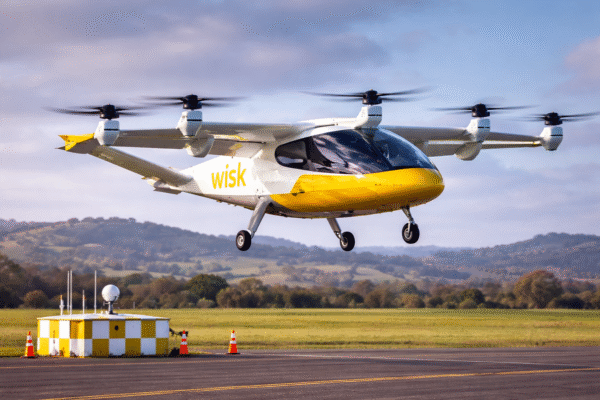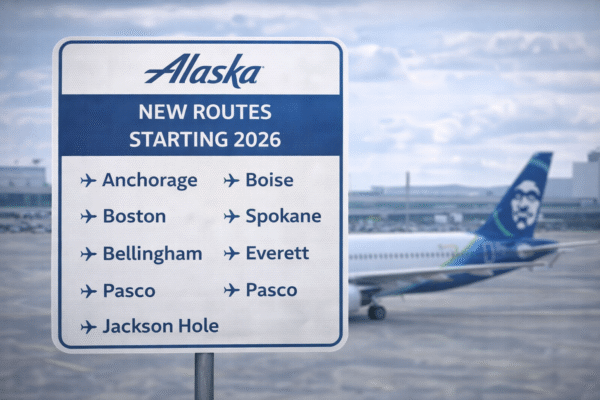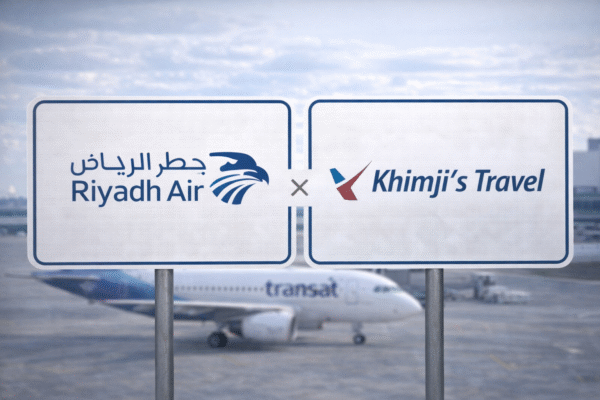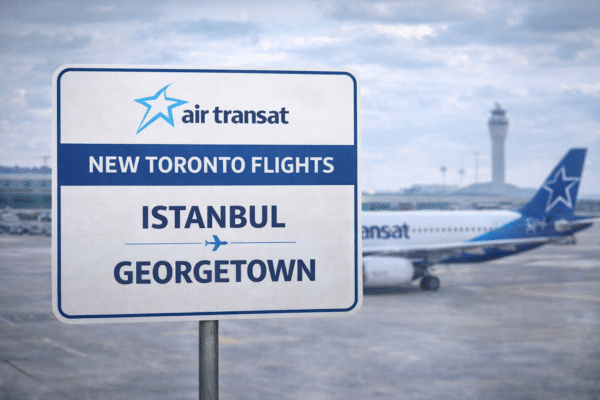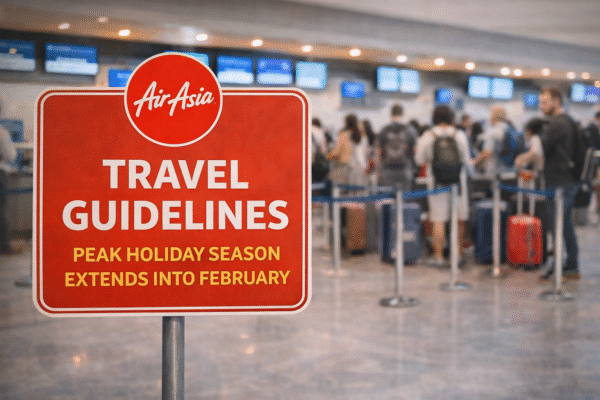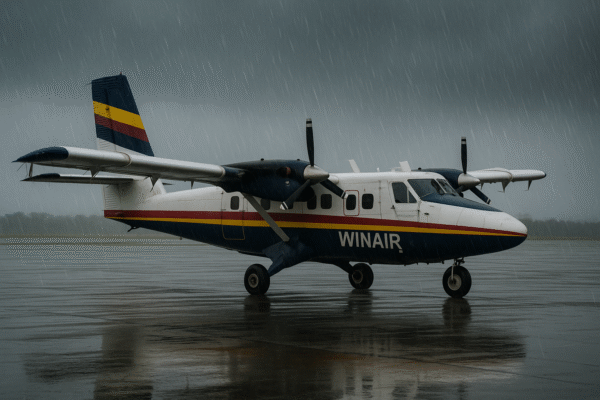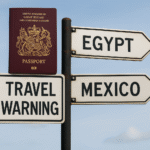As the summer travel season peaks, a sudden and forceful curveball has dramatically disrupted Caribbean tourism. Hurricane Erin, now classified as a Category 5 storm, has forced regional carrier Winair to suspend a significant number of its critical inter-island flights. The rapidly evolving weather system has stranded tourists, upset logistics, and shaken travel plans across the region.
Widespread Cancellations Shake Inter-Island Connectivity
Beginning August 16 and into August 17, Winair canceled all its scheduled flights, affecting prime routes between Sint Maarten (Princess Juliana International), St. Barths (Gustaf III), Tortola (Terrance B. Lettsome), Saba, and nearby islands. The scope of disruption widened by August 23–24, when at least a dozen additional flights were suspended, including routes to and from Sint Eustatius. These cancellations disrupted short-hop connections that are essential for both leisure and essential travel among Caribbean islands. Such abrupt halts in service have left hundreds of travelers stranded or scrambling to rebook through limited alternatives.
(Facts derived from multiple recent regional airline disruption reports.)
Safety Remains Winair’s Top Priority
Given the ferocity of Hurricane Erin—with powerful winds, torrential rain, and dangerous storm surges—Winair’s decision to pause operations reflects a firm commitment to passenger and crew safety. Authorities at Princess Juliana and other affected airports have been conducting thorough inspections of runways, communications systems, and airport infrastructure before any resumption of service. While such delays can feel exasperating, airline and airport managers emphasize that physical and operational readiness must come before schedules.
(Verified through regional aviation disruption coverage.)
Tourist Displacements and Last-Minute Changes
The fallout has been immediate: stranded passengers face uncertain waits, stretched hotel stays, missed connections, and rapidly depleting rebooking options. On smaller islands, short flights often double as lifeline services for cargo, mail, medical trips, and supplies. Disruptions of this magnitude ripple through local economies—everything from grocery stocks to spare parts and tourism businesses feel the pressure.
Visitors planning leisure or business travel are now left weighing options such as charter flights, ferries (where available), or rerouting through larger hubs once airports reopen. Many hotels are extending bookings at the last minute, paying the price of unpredictability in the hurricane’s path.
(Reflects documented regional consequences during storm-related cancellations.)
Recovery: A Step-by-Step Process
As skies gradually clear, Winair and affected airports are coordinating a phased restoration of flights. This includes not only runway and systems checks but also crew availability, aircraft positioning, and slot availability at multiple airports. Travelers should expect limited seat availability even when services resume—backlogs and pent-up demand will likely create a slower ramp-up to full schedule restoration.
To mitigate frustration, Winair is honoring its policies: affected passengers may be eligible for credits if they canceled at least six hours before departure—though fares are typically non-refundable. Change fees plus fare differences may apply if rebooking is allowed. Travelers are advised to retain documentation of canceled flights, keep receipts, and regularly check airline alerts for updated options.
(Consistent with Winair’s official booking and cancellation procedures.)
A Call for Improved Contingency Planning
This event underscores the vulnerability of small-island regional aviation during hurricane season. With lean fleets and limited backup resources, carriers like Winair cannot quickly scale operations or deploy replacements in the way major mainland airlines can. Aviation stakeholders are calling for stronger coordination among airlines, airport authorities, and tourism boards to strengthen emergency response protocols, improve passenger communications, and expedite infrastructure recovery.
Looking Ahead: Tourists Urged to Remain Flexible
Travelers heading to the Caribbean in hurricane season should:
- Monitor flight status closely via official airline channels.
- Keep documentation of cancellations and communications.
- Be open to flexible travel dates or alternative routes.
- Consider purchasing travel insurance that covers storm disruption.
While regional tourism stands resilient, partial recovery is underway. As networks re-stabilize, tourism businesses—hotels, tour operators, ground transport services—are poised to welcome visitors back, though the booking pace may take a few days to fully rebound.
For more travel news like this, keep reading Global Travel Wire



